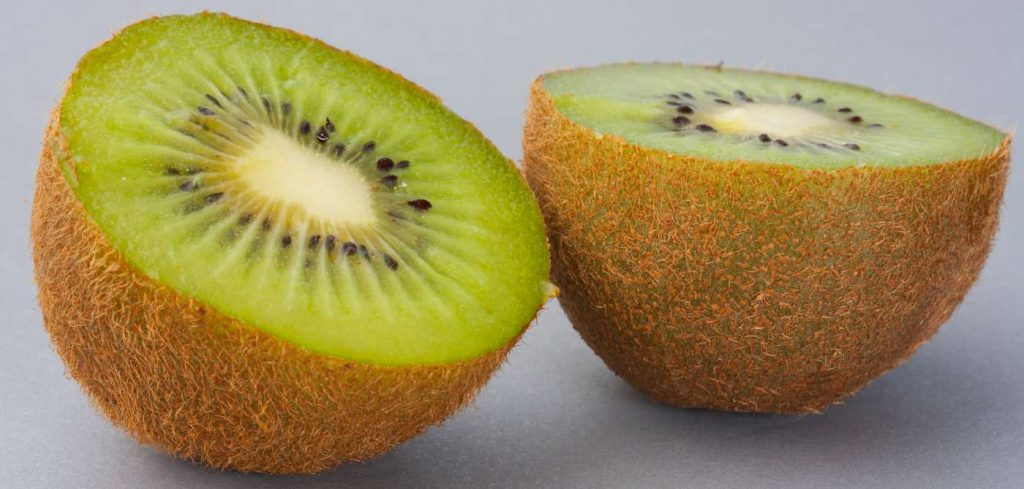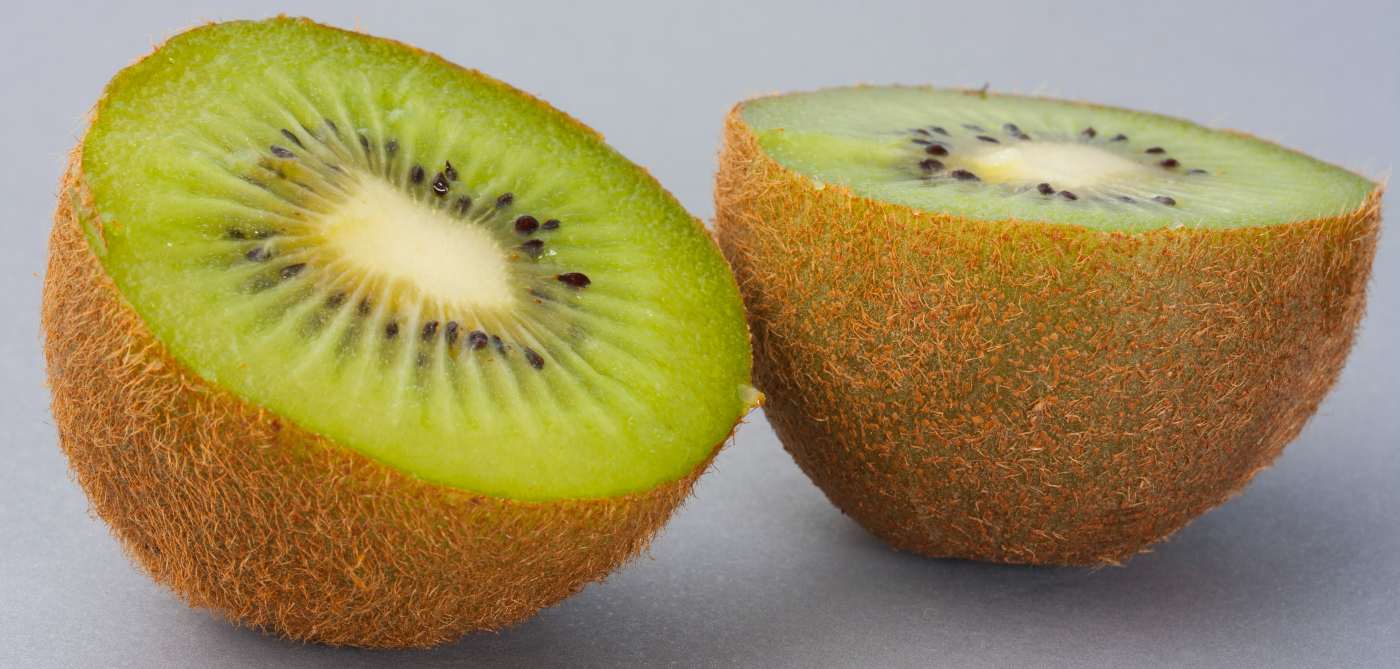Reprinted with permission from World At Large, a news website of nature, politics, science, health, and travel.

What daily habits have you tried out in the name of good health?
Diana Rodgers, an author and registered dietician, is the host of the Sustainable Dish Podcast where she sometimes recounts her attempt to eat 100% of her daily values of all nutrients for a whole month, that is, to consume 100% without supplements. A nearly impossible task, Rodgers relied on eating liver, oysters, and other particular and sometimes expensive food sources every day to meet the demand.
Yet there are certain foods that are so rich in a particular nutrient that a mere bite can satisfy one’s daily requirements. Sometimes these foods are not advocated for by government agencies in particular, because they go against existing nationwide recommendations against eating too much meat, or fatty foods.
It bears repeating that RDAs, or recommended daily allowances, set by government agencies, have long been established at the bare-minimum for survival.
Harri Hemilä, a researcher at the Department of Public Health, University of Helsinki in Finland, details that even as late as 1990, the RDA recommendations for Vitamin C were “arbitrarily set at 60 mg/day to ‘provide an adequate margin of safety’ against scurvy,” even though the Nobel Prize-winning scientist who first discovered Vitamin C advocated for a gram per day, and that there were all kinds, (and there are) of problems that can arise from low C intake before the “pre-mortal” condition of scurvy.
MORE: Calorie Restriction is Key Factor in Enhancing Human Health, Say Yale Researchers
However if a single bite covers the bare minimum, it isn’t outlandish to imagine a second would serve as a realistic 100% dose, and here are some of those 1-3 bite doses.
Selenium — The Brazil Nut
Selenium is important for many processes. It is one of the principal resources for neurogenesis, and its dietary addition increases creation of new neuro stem cells even in mice aged the equivalent of 80 years in humans.
Also in the body it’s used to create antioxidants, while its effects preventing cancer are currently being investigated. Deficiency in selenium can lead to severely compromised intestinal function, and dysregulation in the use of zinc and copper in the body.
RELATED: Magnesium May Prime the Immune System to Fight Cancer and Infections
According to Nutrition Data one solitary Brazil nut, weighing 5 grams, contains 132% of the USDA’s RDA for a 2,000 calorie per day diet.
Vitamin C — Kiwi or Guava
Vitamin C is important for creating antioxidant defenses, synthesizing collagen, fighting off diseases, and much more. One medium kiwi will provide 273%, of the already discussed RDA of vitamin C.
Picking up a kiwi is much easier to eat, and is more familiar than a guava, but a guava fruit contains far more dehydroascorbic acid, a form a vitamin C, than a kiwi. Dehydroascorbic acid is used by two of the major glucose transporters, and therefore vital for metabolic health.
Vitamin B12 — Sardines
A cofactor in DNA synthesis, vitamin B12 is critical in both fatty acid and amino acid metabolism. It is important in the normal functioning of the nervous system via its role in the synthesis of myelin, and in the maturation of red blood cells in the bone marrow. It is a common deficiency in the diets of vegetarians and vegans, based on the fact that plants use other biological equipment to perform the functions which animals do with B12.
LOOK: Higher Olive Oil Intake Associated With Much Lower Risk of Death From Various Diseases
A single can of sardines in olive oil will provide 137% of one’s B12 needs.
Copper/Vitamin A — Beef Liver
Yes, beef liver isn’t commonly eaten in the United States, or most other places. Modern society has lost its custom for the metallic and slightly bitter flavor of organ meat. However if one can but fry beef liver in a pan and cut it into 1 ounce (28 gram) slices, and eat just one of those a day, they would be conferring upon themselves and their family, 208% of the RDA for copper, and 146% of their RDA for vitamin A.
Because of its role in facilitating iron uptake, copper deficiency can produce anemia-like symptoms, neutropenia, bone abnormalities, hypopigmentation, impaired growth, increased incidence of infections, osteoporosis, hyperthyroidism, and abnormalities in glucose and cholesterol metabolism.
Vitamin A on the other hand is a class of different compounds, some well-known of which are retinol and beta-carotene, which have a large variety of functions. It’s essential for embryo development and growth, for maintenance of the immune system, and for vision, where it combines with the protein opsin to form rhodopsin, the light-sensing molecules in our keys key for both high and low light environments, which also trigger hormonal responses to day and night cycles.
Vitamin K — Collards (greens)
Vitamin K is vital for blood health, in particular the function of blood coagulation is seriously impaired under low-K conditions. It allows the liver to create a secondary molecule that chelates calcium, and regulates the binding of calcium to bones.
Just one ounce of collard greens contains 154% of one’s RDA for vitamin K. K isn’t usually a common deficiency, but can be found within people with a particular aversion to green vegetables.
HELP Friends Eat Up the Good News; Share This Story…




















